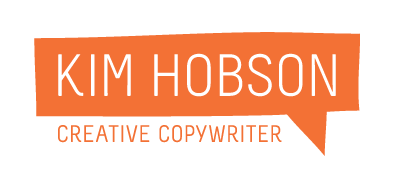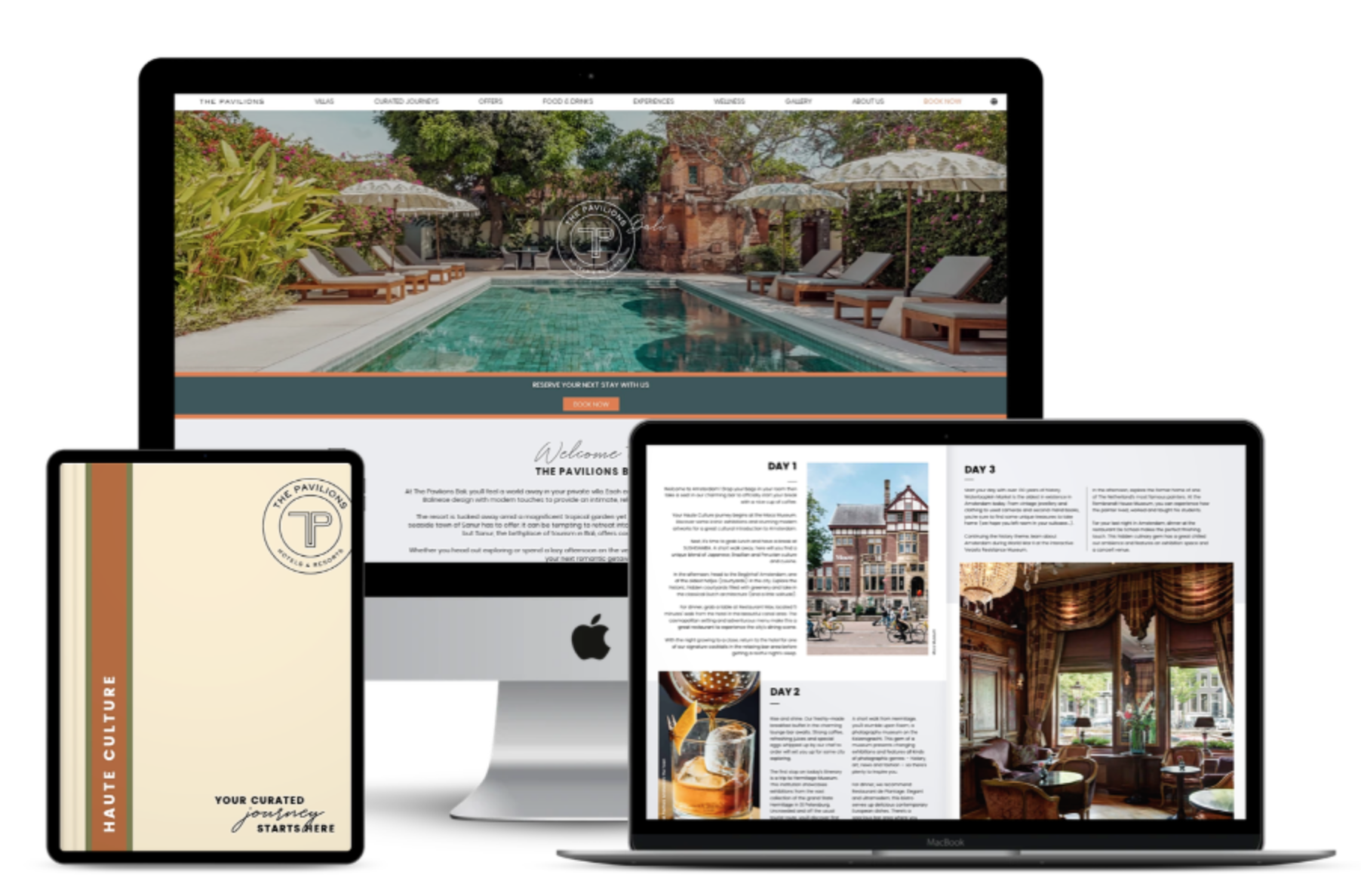If you’re a freelancer, one thing that’s indispensable to finding work is the freelance portfolio.
Your portfolio is the backbone of your brand and your marketing efforts. It's what gets a client to trust you and convince them you’re the right person for the job.
The freelance world is competitive.
With many freelancers pitching and considered for the same work, you need a portfolio that helps the client choose you over another.
But you’re in luck.
Good freelance portfolios are hard to find.
Great freelance portfolios are about as rare and elusive as clients that pay on time (hahaha).
If you want to build a freelance portfolio that separates you from the rest, here are 5 tips to improve yours so clients will hire you, alongside answers to other common portfolio-related questions.
What is a Freelance Portfolio?
A freelance portfolio is a collection of your best work that you can show to prospective clients. It's usually one of the key pages of your website and one of the first things a client will look at.
A good freelance portfolio will include several well-presented samples of your work, show your skills, experience and successful track record.
A great freelance portfolio goes an extra step: It shows that you know how to fix your clients' challenges or problems, demonstrates patterns of proven success verified by former clients and hints at a professionalism and passion for what through pride in your work and attention to detail.
Why is a Freelance Portfolio so Important?
As a freelancer you’re probably always on the lookout for new clients, work and opportunities.
Anyone looking to hire you will want evidence that you’re capable of doing the job, and that you have a track record of success.
Your portfolio shows prospective clients what you can do for them and how you’ve done it successfully for others in the past.
A quick note: in my decade-long career of being a full and part-time freelancer, not one person has ever asked to see a CV or resume. It’s the portfolio that prospective clients want to see.
5 Ways to Build a Better Freelance Portfolio
There are plenty of other freelancers in your niche with good work, so how can you help your portfolio to stand out from the crowd? How can you create one that gets you hired?
Here are some things you can do to improve your freelance portfolio to make it even more convincing to prospective clients:
1.Make your Freelance Portfolio Look More Professional Using Mockups
Presenting your freelance work in a way visually-appealing can take it from good to great.
That’s where mockups come in.
What are Mockups?
Mockups are often used by designers and creative agencies to show the visual of something like an app or website. They’re a useful tool to give the client a better understanding of the end product.
Freelancers like designers and illustrators are probably already well-versed in the power of mockups. Others like writers, translators, strategists and the like can use mockups to create a better portfolio, rather than just pasting their clips in a Google doc or having a PDF of writing samples.
Elevate your freelance portfolio, make it look more professional with mockups.
You can purchase pre-made mockups from a service like The Mockups. If you don’t have Photoshop skills to make your own, use a website like Smartmockups. There’s an ever-growing library of high-quality mockups so your choices for how to display your work are endless.
Tip: Remember that webpages, social media posts and any work you’ve done that’s “live” can get deleted, moved, changed or updated. Rather than having links to live work in your portfolio, take screenshots as well so you don’t lose the original.
2. Create Case Studies of Your Freelance Work
You can improve your freelance portfolio by presenting a well-written case study for each of your projects.
Case studies are a way to give clients the full picture of your work, show them how you approach a project and give them an idea of what it’s like to work with you.
What can you put in a freelance case study?
Tell a story to take a client through the challenge, solution and results
Back up your success with facts and figures
Share positive reviews and testimonials from clients
Take them through the end-to-end process. Show how you approach a new project, creative thinking, iterations and how you lead a project to successful completion.
If a client is deciding between a few freelancers, showing a case study can put them more at ease, demonstrate your professionalism and put you above the competition.
3. Use Keywords to Target Industry Niches
A lot of freelancers have a one-page portfolio with images of their work. That’s nice, but they’re missing a trick in terms of SEO.
By making individual pages for your work and projects, not only can you make a more convincing showcase of what you do, but you can get your site to rank higher on Google, too.
For example, this year I really want to do more motorsports work.
So, to improve my freelance portfolio, I made a motorsports page to target this keyword. I showcase my motorsports work on this page, and each project has its own subpage allowing me to target a wider range of keywords, like “Porsche Copywriter” and “F1 Copywriter”.
Think about the types of clients and industries you want to work with. Build out individual portfolio pages dedicated to the key words your ideal clients will be using.
4. Give Your Portfolio a Boost with Social Proof
Social proof is demonstrating that other people have purchased or found value in something. We’re more likely to purchase a product or use a service when we know that others are doing so (a powerful psychological phenomenon known as the “bandwagon effect”).
Showing a potential client that you’ve satisfied other clients through testimonials and reviews helps show that you’re legitimate and trustworthy. That’s what makes social proof so powerful.
Examples of social proof include:
- Quantifiable data
Improve your freelance portfolio by showing who else is onboard. Things like “Over 100 happy clients”, “1000 subscribers” demonstrate that a number of people have purchased a product or are supporting your freelance business. If other people use your service, a new client knows that they can trust you, too.
- Testimonials and Reviews
Simple, short recommendations from happy customers can go a long way. You can spend all day telling someone why they should hire you, but someone else recommending your services is even more convincing.
- Client Logos
Displaying client logos can be another way of demonstrating both social proof and authority. If reputable companies are using your freelance service, the logic goes, it is likely to be an effective one.
5. Put Yourself in the Shoes of your Prospective Client
If you’re wondering what to put in your freelance portfolio, a good place to start is making sure that your portfolio is answering a client's key questions:
Am I in the right place? Can I trust this person to do what they say they’re going to do? Do they have a track record of success? Who have they worked for? Is there attention to detail? Is this person more suitable than X,Y, Z freelancer?
Clients are looking for familiarity with their industry and skills and expertise that can solve their problem.
Think about the problem you solve for your freelance clients and show how you have previously done that for others.
Your Freelance Portfolio Should Target Your Ideal Client
For some clients, price and quick turn around is most important. Others want to see a portfolio of work they find appealing. Others look for a lot of experience and credentials. Others like a certain style or personality. There are clients out there for everyone.
You can’t win them all, but you don’t need to.
Figure out the type of clients you want to work for, your dream projects, the work that will make you fulfilled and develop a portfolio to target those clients.
I am not the cheapest or the fastest freelance copywriter out there. With my portfolio and case studies I’m trying to show that I take the time to get to know the client, their business and target market. That I work with them step-by-step throughout the project, that I listen to their concerns and take feedback.
This appeals to clients who value their brand, it doesn't appeal to the fast and cheap clients.
What are the Biggest Mistakes Freelancers Make in their Portfolio?
Not building trust.
The biggest risk for a client is that they’ve landed on the portfolio of a flighty freelancer. Someone who takes their money and delivers low quality work.
The job of your portfolio is to build trust. No matter how skilled or professional you are, if the client doesn’t trust you it’s a no go.
If your portfolio shows lack of skill, a client won’t hire you because they don’t believe you can get the project done.
If it looks unprofessional, a client won’t trust you because they don’t know what you’re going to be like to work with.
If it doesn't communicate what you can do, the client won’t know how you can fix their problem so they're not going to trust you.
When building your portfolio ask yourself, what will help a client to trust me more - then implement social proof, show your professionalism with case studies and present your work in an appealing way.
How Many Pieces of Work Should be in My Freelance Portfolio?
There’s no right or wrong number of pieces of work to have in a freelance portfolio. At a minimum, I’d say 3 strong pieces in a well-written case study format can go a long way in helping a client to trust you and feel comfortable hiring you.
If you have a lot of pieces, be sure to put the best and most relevant work at the top. Don’t forget to delete old pieces as your work improves. You should be constantly refining your portfolio
What Pieces of Work Should I Put in my Portfolio?
Your portfolio should be a curated selection of your best work. Improve your freelance portfolio by putting in the type of work you want to keep doing in the future, or the type of clients you want to work with. Make sure the pieces show your skills and experience in the best possible light.
If you worked on something and weren’t thrilled with the result, don’t put it in the portfolio. Or if the client wanted the end piece to go in a direction you didn’t 100% agree with, you can always edit the piece to show what you wanted to do - think of it as like a “director’s cut” version like they do with movies.
How Can I Build a Freelance Portfolio as a Newbie Freelancer?
The classic catch 22: need a freelance portfolio to find work. Need work to build a freelance portfolio.
If you’re a new freelancer you can build a portfolio by creating a brief for yourself and doing dummy work. Create designs or write copy for imaginary companies and demonstrate your thought process in a case study to show clients how you approach your work.
Or find businesses you’d love to work for with less-than perfect websites, copy or marketing. Redo some of it as a sample and pitch it to the business or brand, giving them a taste of what you can do and see if they want to hire you to do the rest.
If they say yes, you have paid work. If they say no, you still have something to put into your portfolio.
If you need some inspiration, take a look at Fake Clients https://fakeclients.com/ for prompts, or download briefs from D&DA which offers a collection of real briefs from real companies.
When starting out, remember that life pays in two ways - money and experience - at first you might have to sacrifice the former in order to get the latter.
If you want more tips on how to find clients, check out my tips on How to Find Freelance Clients: The Best and Worst Ways.
Can I Put Ghost Written or Subcontracted Work in my Portfolio?
Sometimes you might ghost write an article for a company or individual, or undertake freelance design work while being white-labeled or subcontracted by a marketing agency.
Just because your name isn’t on it, doesn’t mean you can't put it in your portfolio (unless it specifically states so in your contract).
Although I err on the side of “do it now, ask for forgiveness later,” sometimes it’s best to ask a client if they mind you using the work in your portfolio before you launch it onto the internet.
If you do work with an agency, be sure to state that when writing your case study.
When Do I Show my Freelance Portfolio to Clients?
If you follow my advice and make your portfolio a key page of your website, clients will always be able to access it - and it can do the talking for you when you’re not there in person or selling yourself and your work on a client call.
Make it Downloadable
I also have my portfolio in a downloadable format via my website. If someone needs to get buy-in from others in a company to hire me as a freelancer, or they want to visually compare portfolios, a downloadable version can just make it a little easier for them.
I built the portfolio out in a deck/ Google Slides, turned it into a PDF, then uploaded it to my Squarespace website with a link to download.
You can see it here - note, it’s extremely out of date right now (one of a million things I need to do!).
I also put a link to the portfolio page of my website across social media like Instagram and LinkedIn and in my email signature.
If you’re looking to improve your freelance portfolio I hope these tips have helped. Don’t underestimate the power of a professional portfolio with well-written case studies. The portfolio is one of the most powerful tools you have to sell yourself and your work, you should be constantly refining it to make sure it’s the best it can be.
Do you have any tips for building a better freelance portfolio? Let me know in the comments!







If you want to find decent, well-paying freelance clients, here's my review of the best and worst ways to find freelance clients, drawn from my first-hand experience as a freelancer.